The Complete Guide to Swim Eye Safety And Prevention
You may have noticed that your goggles leave marks under your eyes after leaving the pool. What you may not know is that it's possible for these marks to persist for more than an hour or even become permanent.
But it’s not like there’s nothing you can do, this guide will walk you through everything you need to know about eye safety while swimming and post swimming.
Let's get started.
How to Prevent Swimming Eye Marks

Swimming is a fun and healthy activity for people of all ages. However, if you are not wearing the right goggles, it can be really frustrating to get those pesky eye marks on your face.
You can lessen the severity and duration of the eye markings after your workout by doing the following.
1. Moisturize your skin

Moisturize the skin around the eyes before and after swimming. Consider a specialized product like our Pre & Post Swim Eye Gel.
Our eye gel effectively protects and alleviates irritation, swollenness, and marks from swim goggles, as well as hydrates and soothes your under-eye skin after long swims.
2. Use a facial roller

With a facial roller, you can stimulate, lift, and tone your skin, reducing puffiness and relieving fatigue. Use it before and after swimming. Look for a roller with a special attachment designed for use around the eyes.
3. Try a different pair of goggles

A new pair or different brand of goggles may not completely solve the problem, but a change can be an important part of the solution. Wear your goggles as loosely as possible. The tighter they are, the deeper the dents. Tighten them just to the point where they don’t leak or slip.
How to Avoid Eye Infections While Swimming
The eye is the most delicate tissue in the body, so it should be taken care of. There are many ways to protect your eyes from infection while you swim. Here are some of them:
- The first thing is to avoid swimming in pools that are not well-maintained, and to avoid swimming in lakes or oceans that have high bacteria levels.
- Do not open your eyes underwater.
- Remove contact lenses before swimming. Instead, wear prescription goggles.
- If your eyes are still irritated a few hours after your swimming session, you may need a little extra help to smooth your eyes and regain your natural tears. Try eye drops.
- Between reps or at other appropriate times, blink a few times to help prevent dryness.
- Even if you wear goggles, it's important to wash your eyes immediately upon leaving the water. Fresh water will disperse chlorine, chemicals, and bacteria that may be lingering on your face in the water droplets from the body of water you were just in.
How to Recognize Swimming Eye Marks and Seek Treatment Immediately

You may notice itching along with a rash as your first indication of eye marks. If your rash does not respond to over-the-counter treatments or our swim eye gel, you should consult a doctor.
If you still end up with red and itchy eyes after following all the precautions listed above, here are some warning signs: vision changes, red eyes, painful eyes, light sensitivity, and excessive tears.
If you experience any of these symptoms, you should see a doctor. Depending on your condition, they can prescribe the appropriate treatment for you.
Summary:
Swim goggles leave marks under your eyes. These marks can persist for more than an hour or even become permanent.
But it’s not like there’s nothing you can do, you can lessen the severity by wearing the right goggles. Try a different pair of goggles. The tighter the goggles are, the deeper the dents will be.
You can also moisturize the skin around your eyes before and after swimming to prevent irritation, swollenness, and marks.
To avoid eye infections, swim in well-maintained pools and avoid swimming in lakes or oceans with high bacteria levels.
To avoid eye infections and injuries, remove contact lenses before swimming, and wear prescription goggles.
If your eyes are still irritated a few hours after your swimming session, try eye drops and blink a few times to help prevent dryness. Wash your eyes immediately upon leaving the water with fresh water.
If you notice itching along with a rash, you should seek treatment immediately. Some warning signs include vision changes, red eyes, painful eyes, light sensitivity, and excessive tears.


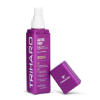



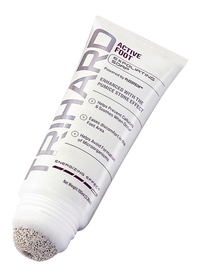



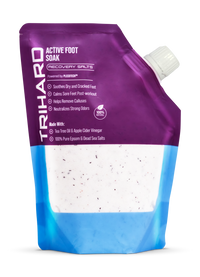






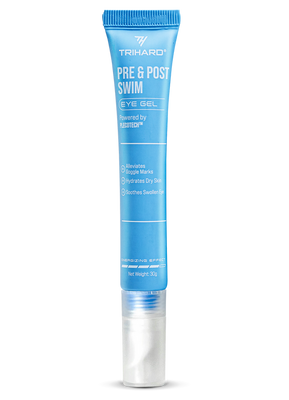











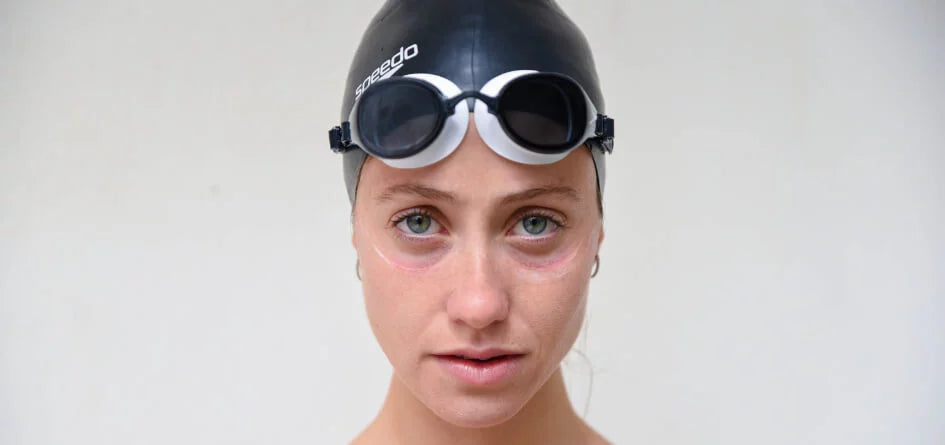
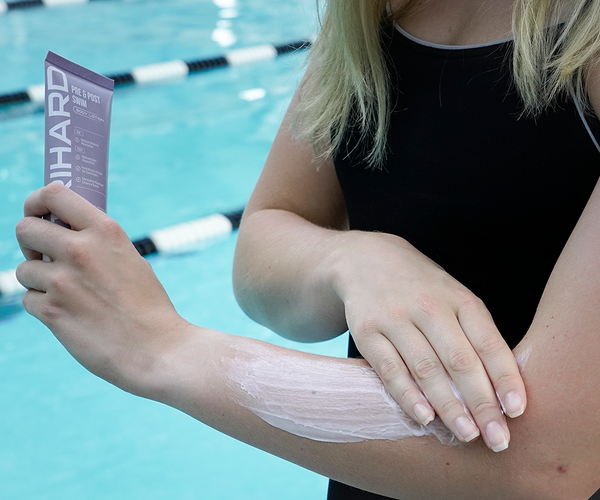


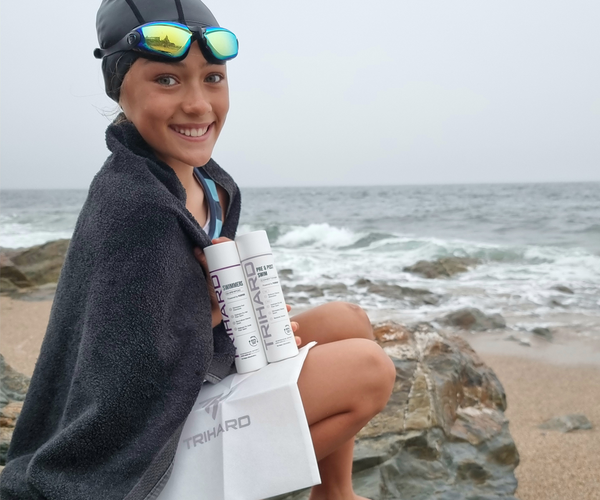
Dejar un comentario